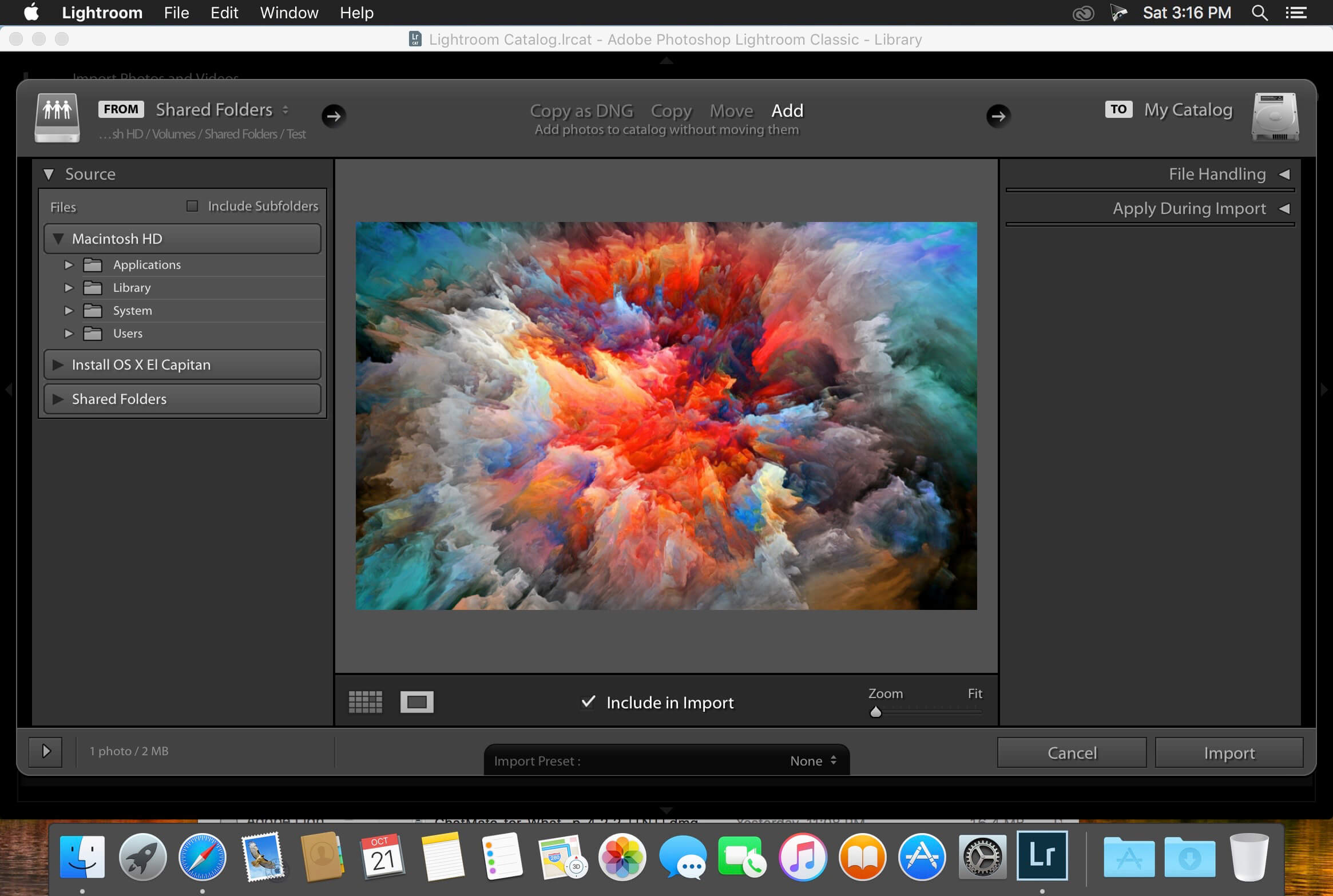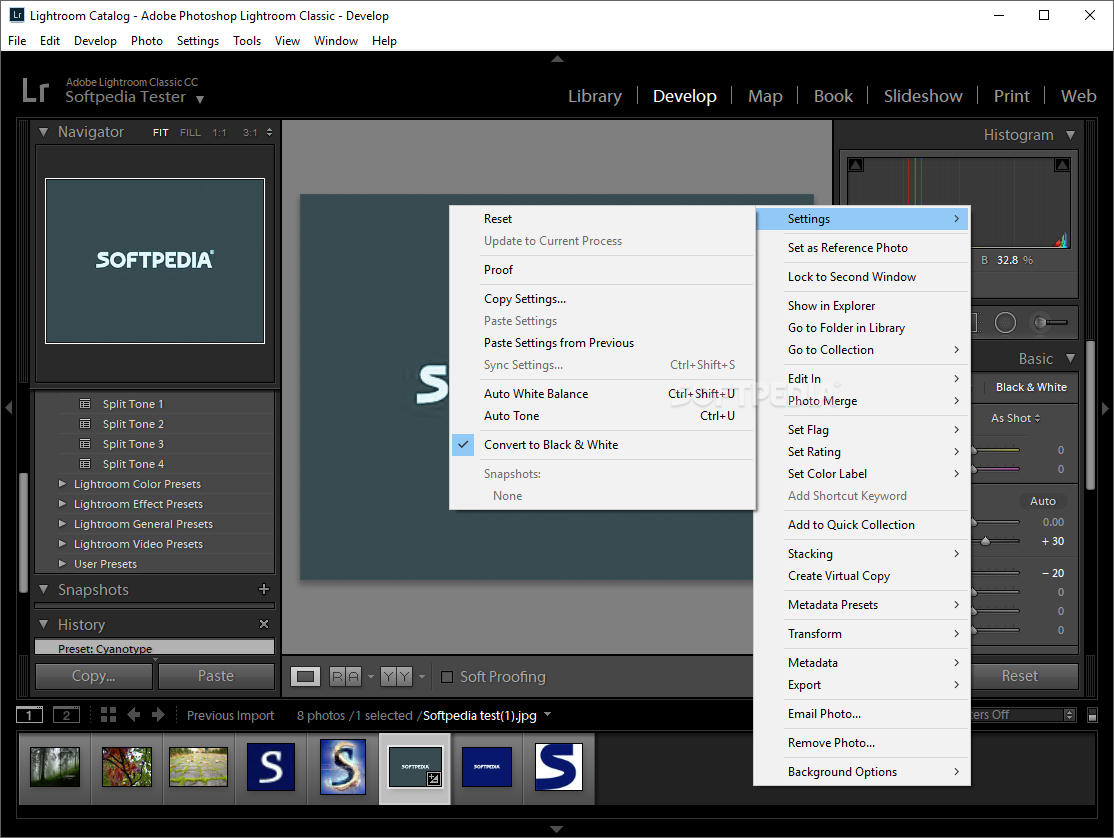
- #Adobe lightroom classic latest version full
- #Adobe lightroom classic latest version pro
- #Adobe lightroom classic latest version Pc
- #Adobe lightroom classic latest version professional
Masks makers can now enjoy AI assistance in Lightroom Classic’s Develop module, such as the ability to quickly generate masks based on a person or a sky for example. You can also use brush-based tools to dodge and burn specific areas with precision. This processing power encourages you to revisit Camera Raw files you shot years ago to discover new details in them. We found this tool was so effective that overcast skies that looked completely white actually featured clouds with texture and color.

For example, the Graduated filter lets you claw back more detail from over-exposed skies without altering a correctly-exposed landscape. One of the key strengths of the Develop mobile is its ability to let you make selective adjustments to Camera Raw files. Lightroom Classic’s Develop module also benefits from new AI-assisted tools, which we’ll explore in the Quality of Results section.
#Adobe lightroom classic latest version pro
Adobe continually updates Lightroom Classic via the Creative Cloud so it can work with a host of Camera Raw files from the latest range of camera models (including Adobe ProRaw files from the iPhone 14 Pro range complete with profiles for the wide, ultra-wide, and telephoto lenses). Here you can apply lens profiles that counteract lens distortion and reduce artifacts such as noise and chromatic aberration.
#Adobe lightroom classic latest version full
It is packed full of powerful tools that let you hone your RAW files to perfection. The Develop module is Lightroom Classic’s digital darkroom. (Image credit: George Cairns / Digital Camera World)

This saves you the time of having to draw a graduated filter to create a sky-editing mask. The AI-Assisted Adaptive Sky tool quickly selects and reveals missing detail in a RAW file’s over-exposed or haze-flattened sky. Any changes you make to the shot will then be applied to the relevant image file when you attach its hard drive to your PC. This enables you to peruse preview thumbnails of thousands of photographs without requiring all of your external drives to be plugged into your computer. If you need to edit a particular photo that’s on an unconnected hard drive then you can click the image thumbnail’s ‘!’ Icon to find out its storage location, then plug in the relevant hard drive to continue editing the image.Īlternatively, you can import shots as Smart Previews, enabling you to edit a photo even if its external drive is not attached to your PC. This can make it a very challenging (and time-consuming) task to find specific photographs.įortunately Lightroom Classic creates a catalog that knows everything about a specific image file, from the specific external drive that it is stored on to any keywords and edits that have been applied to the image. If you’ve been a photographer for a long time then you may have thousands of digital photos scattered across multiple external hard drives. One of Lightroom Classic’s most valuable key features is its ability to help you manage your image files. Populate the layout of a photo book in the Book module and order a printed version from within Lightroom Classic (Image credit: George Cairns / Digital Camera World) Lightroom Classic: Key Features Fortunately Lightroom Classic continues to be supported by Adobe and it enjoys the benefits of the same AI-assisted editing tools that are found in the more streamlined Lightroom CC.
#Adobe lightroom classic latest version professional
If Adobe had let Lightroom Classic fade out as an unsupported legacy app then many professional photographers would have lost the ability to manage their comprehensive collection of images.
#Adobe lightroom classic latest version Pc
The newer Lightroom CC has jettisoned many of the Lightroom Classic’s professional sharing options (such as the ability to create Contact sheets) to focus on faster photo-fixing and social media sharing on PC and smartphones.

We’ll look at these modules in more detail later in this review. So why are there still two versions of Lightroom available and what are the key differences between them? Basically Lightroom Classic has several extra workspaces (or modules) that let you focus on tasks such as editing your photos (the Develop module), sharing them (the Book module), and even creating the layout for a website portfolio (the Web module).


 0 kommentar(er)
0 kommentar(er)
